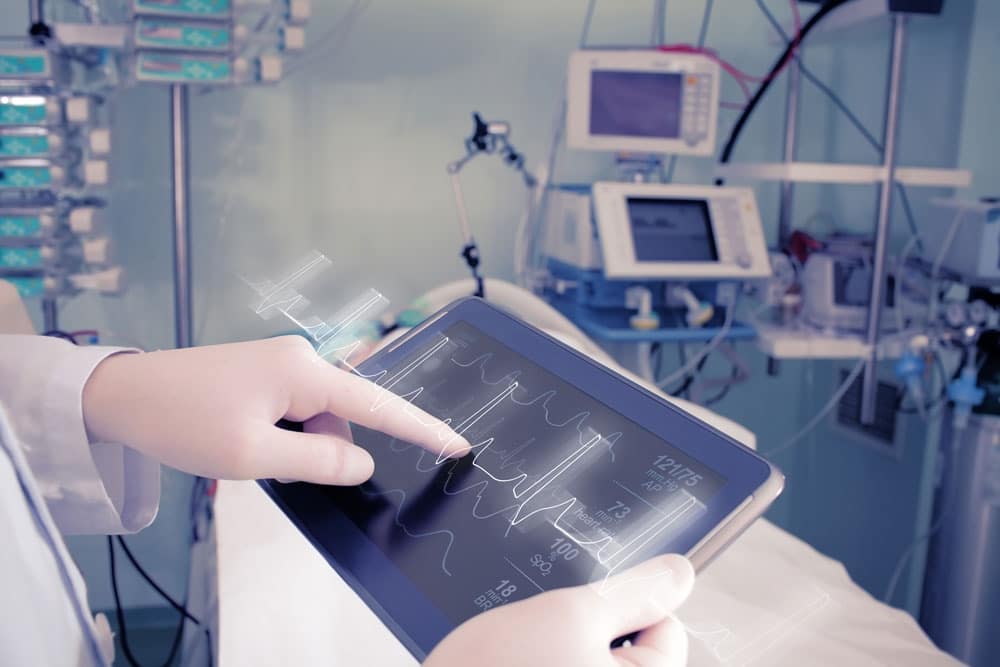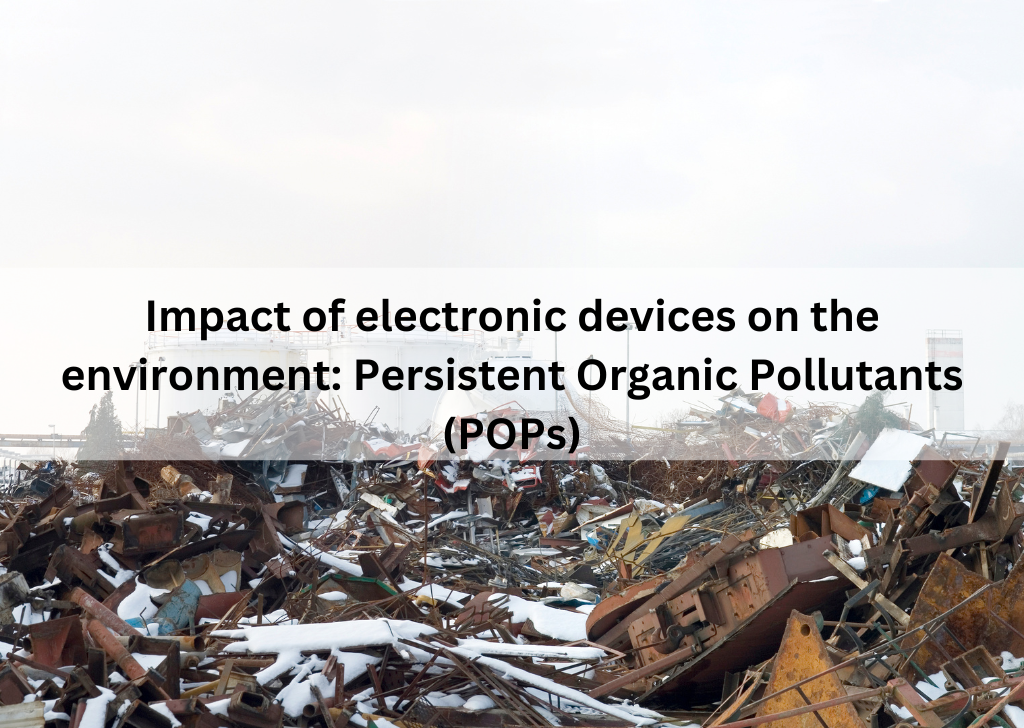Count Down Begins for Medical Device Manufacturers!
 The new Medical Device Regulation (EU) 2017/745 came into force on May 5, 2017. The transition period for this regulation is 3years. By May 2020, the medical device companies must implement these regulatory changes.
The new Medical Device Regulation (EU) 2017/745 came into force on May 5, 2017. The transition period for this regulation is 3years. By May 2020, the medical device companies must implement these regulatory changes.
Even though innovative progresses are being made in the field of medical device technology, there is growing concern over the risk of medical and diagnostic devices on human body. The new medical device regulation aims at ensuring greater patient safety.
The Medical Devices Coordination Group (GCDM) will be responsible for enforcing the regulations through scrutiny mechanism. It allows them to review a Notified Body’s assessment of high-risk devices.
Below are the major changes brought in:
Broader expansion for medical device definitions:
The definition of medical devices has expanded to include the devices or products that do not come under medical device category. Like, colored contact lenses, cosmetic implant devices, laser equipment and liposuction equipment.Enhanced General safety and Performance:
Manufacturers need to document in dept the clinical data to assure safety and performance of the devices.Special attention is given to the substances of concern. If present, the manufacturer must justify the requirement for certain substances of concern. This includes carcinogenic, mutagenic, or toxic to reproduction(CMR) &endocrine-disrupting substances (for example: leadcompounds, other heavy metals, phenols). They refer to substances categorized per EU Regulation 1272/2008 (Classification, Labelling and Packaging of Chemicals) and substances identified in EU Regulation 1907/2006 (REACH: Registration, Evaluation, Authorization, and Restriction ofChemicals) or EU Regulation 528/2012 (Market and Use of Biocidal Products).New classification system introduced:
The MDR require manufacturers to review the updated rules of classification and update their documentation accordingly. It should be kept in mind the fact that, class III and implantable devices will have higher clinical requirements, and a regular scrutiny process.Recertification:
CE marked existing devices must be recertified to comply with the new regulation.UDI implementation:
Unique Device Identification is implemented to track devices to facilitate the prompt and efficient removal and recalling of medical devices that have been found to present a safety risk.Qualified Person:
Device manufacturers are required to identify one person responsible for MDR compliance in their company. That person must hold the prerequisite academic expertise and work experience in the field of medical devices.Post Market Surveillance System (PMSS):
As a part of quality management system, manufacturers should establish a PMSS-an EU portal to be created for the centralization of relevant data so that patients have access to more safety-related information. Manufacturers are required to report all incidents, injuries, and deaths.Penalties/Compensation:
The regulations require manufacturers to have measures in place to provide enough financial coverage, proportionate to the risk class, type of device and the size of the enterprise.
IMPORTANT DATES
| May 2017 | MDR published, the 3-year transition period begins. |
| January 2019 | MDSAP certification of the QMS for manufacturers of Class II, III, and IV medical devices required for Canada2 |
| March 2019 | Transition deadline for ISO 13485:2016 in Europe, The United Kingdom (possibly) leaves the European Union, a transitional period may start (Brexit) |
| March 2020 | Eudamed (Eu database medical devices) goes live (however, there are provisions for delay) |
| May 2020 | MDR becomes applicable and enforceable:
|
| May 2021 | UDI must be placed on the label of Class III devices that are MDR certified |
| May 2022 | Certificates issued in accordance with Annex 4 of AIMDD and Annex IV of MDD that have not yet expired will become void |
| May 2023 | UDI must be placed on the label of Class ll a and Class llb devices that are MDR certified |
| May 2024 | Other certificates issued under current Directives that have not yet expired will become void |
| May 2025 | Devices that were CE marked under the MDD or AIMDD may no longer be marketed or put into service in Europe. UDI must be placed on the label of Class I devices |
Do you want to learn more about Medical Devices Regulation and comply with the regulation before deadline? Talk to the compliance experts at Enventure.










